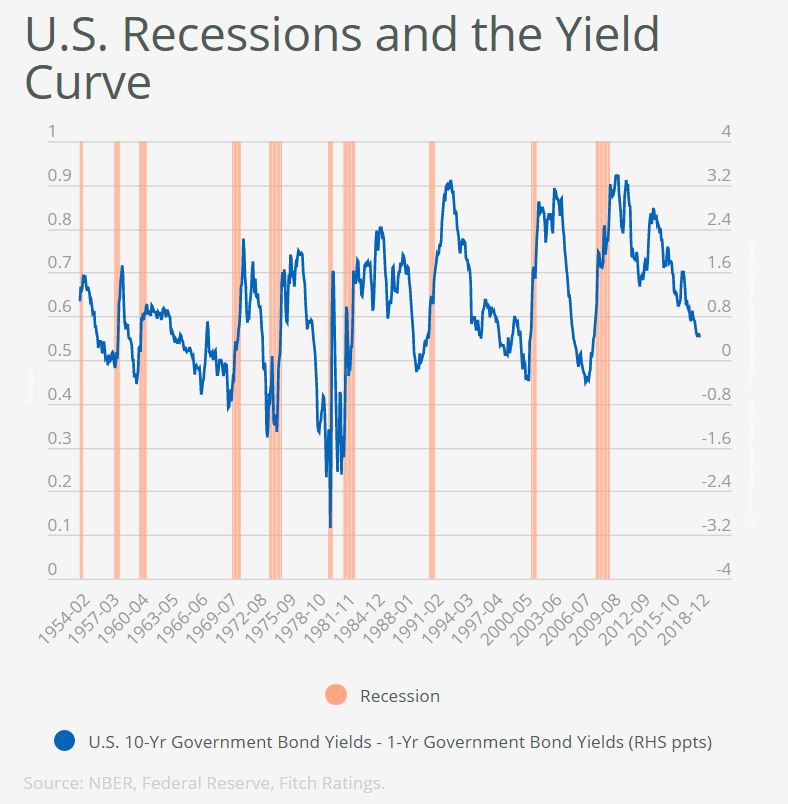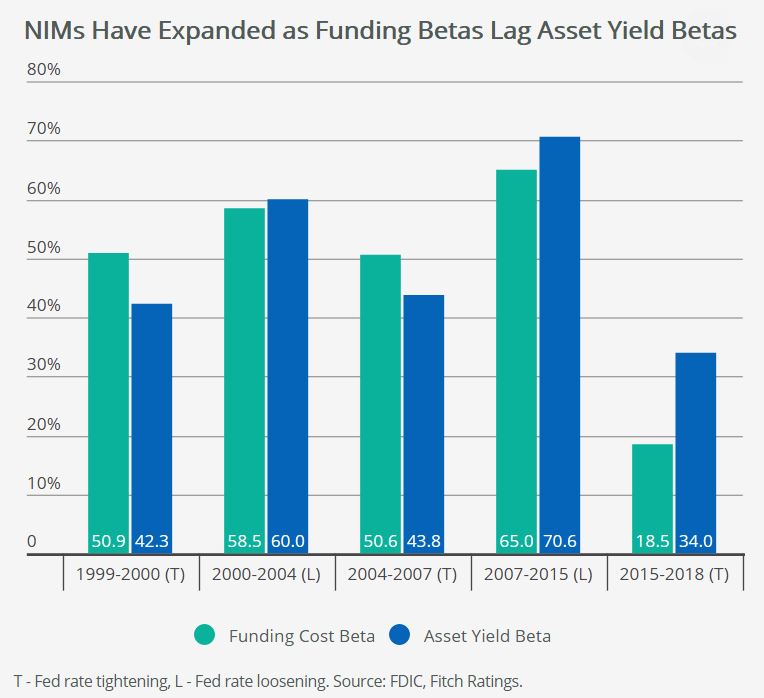They also say that the ongoing Royal Banking Commission should not affect bank credit ratings immediately, but could raise compliance and regulatory costs, and weigh on credit growth. The Royal Commission would be credit positive for the sector in the long-term by bolstering the regulatory environment and maintaining high prudential standards.
KEY RATING DRIVERS
Australia’s ‘AAA’ rating is underpinned by an effective policymaking framework that has supported 27 consecutive years of GDP growth in the face of substantial external, financial, and commodity price shocks. The government’s credible commitment to fiscal consolidation from a debt level that is broadly in line with the current ‘AAA’ median also supports the rating.
Fitch expects real GDP to expand by 3.3% in 2018, following a jump in growth during the first half of the year, which compares favourably against the current ‘AAA’ median of 2.7%. Above-trend growth is underpinned by a strong global economy, resilient consumption, and increasing investment. We forecast growth to ease towards trend, reaching 2.8% in 2019 and 2.7% in 2020 on slower global growth and softer consumption. Rising public infrastructure investment will support near-term growth, particularly as the drag from declining mining investment fades.
Australia’s fiscal position strengthened over the past year, bolstered by a cyclical upswing in revenue and sustained spending restraint under the government’s budget repair strategy. The general government (federal, state, and local) deficit narrowed to an estimated 1.2% of GDP in the fiscal year ending June 2018 (FY18), from 2.4% in FY17. Consolidation will continue, but at a more modest pace, with the general government deficit falling to 0.4% of GDP by FY20.
The federal government remains firmly committed to its target of an underlying cash balance by FY20 and surplus by FY21. Fitch forecasts that these targets will be achieved, although performance is sensitive to growth outcomes. Nonetheless, the government will use some of the recent fiscal gains. For instance, in addition to the personal tax cuts passed in July, the government has proposed bringing forward the already legislated reduction in the small business tax rate to 25% by five years to 2021.
Fitch estimates that Australia’s gross general government debt ratio peaked at 41.3% of GDP in FY18 and will begin a steady downward trajectory during the current fiscal year. Australia’s debt ratio is slightly above the 2018 ‘AAA’ median of 39.2% of GDP after increasing by nearly 22pp since 2010 due to sustained fiscal deficits, which eroded what was a strength in the country’s fiscal position relative to peers.
Frequent changes in political leadership have not undermined Australia’s economic or fiscal trajectory, but could complicate the government’s ability to advance policy proposals to address medium-term challenges. In August, Scott Morrison became the sixth prime minister since 2010, following the ousting of Malcolm Turnbull in a Liberal party leadership challenge. Subsequently, preliminary results show the Liberal party led coalition lost its majority in an October by-election triggered by Turnbull’s resignation, which could constrain policymaking in coming months, with federal elections not due until May 2019. There is general cross-party consensus for fiscal consolidation, including the return to surplus by FY21, though the composition of deficit reduction and some other economic priorities could change in the event of a Labor party victory.
Monetary policy is likely to remain accommodative in the absence of significant wage growth or inflationary pressure. Fitch expects the Reserve Bank of Australia (RBA) to raise rates only gradually, with one 25bp hike next year and two 25bp hikes in 2020. The increasing interest rate differential with the US has led to a large depreciation in the Australian dollar against the US dollar. Australia has the highest net external debtor position among ‘AAA’ peers, but most external liabilities are denominated in local currency or hedged, limiting exchange rate risk. Banks, however, have seen an uptick in wholesale funding costs, due in part from tightening global financial conditions.
High household debt, at 190.5% of disposable income in 2Q18, remains a potential risk for the economic outlook and financial stability. An interest rate or employment shock could impair households’ ability to service their debts and lead to lower consumption. Mortgage rates have risen by about 10bp in the previous few months to reflect higher wholesale funding costs, but given our gradual path for RBA tightening, mortgage rates are not likely to increase rapidly unless banks face substantial external funding pressure. Many households maintain large mortgage offset accounts that can be drawn down to service debt and smooth consumption in the case of a shock, but newer borrowers and more financially weak households would be vulnerable.
Fitch expects the ongoing house-price correction to remain gradual and orderly. Housing markets are cooling nationally, particularly in Sydney and Melbourne, where prices have fallen by 6% and 3% yoy, respectively. Much of the slowdown appears driven by lower investor demand, due in part to targeted macroprudential policies. Continued population growth and low interest rates should support house prices. However, a sharp house-price drop, for instance, from a larger pullback in investor demand, reduced credit availability, or an economic shock, could exacerbate risks posed by high household debt.
Australia’s banking system scores ‘aa’ on Fitch’s Banking System Indicator (BSI), among the highest of any sovereign. Recent stress tests by Fitch show the system is well positioned to manage potential housing-market shocks. Sound prudential regulation has improved the resilience of bank balance sheets by strengthening underwriting standards and limiting exposure to riskier mortgage products. The ongoing Royal Banking Commission should not affect bank credit ratings immediately, but could raise compliance and regulatory costs, and weigh on credit growth. The Royal Commission would be credit positive for the sector in the long-term by bolstering the regulatory environment and maintaining high prudential standards.
Slowing growth in China, exacerbated by rising trade tensions with the US, poses an additional risk to Australia’s economic outlook. Australia is a large exporter to China, although the bulk of exports are consumed domestically, which mitigates much of the direct impact of trade tensions between China and the US. If the Chinese authorities respond to a slowdown through infrastructure stimulus, Australian commodity exports could receive a near-term boost.













